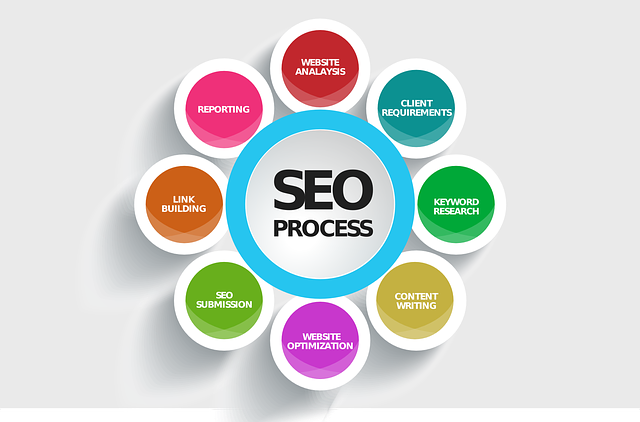Aladingsc Insights
Your go-to source for trending news and informative guides.
Designing for Search Engines: A Match Made in Digital Heaven
Unlock the secrets of SEO-friendly design and elevate your website to new heights—your ultimate guide to digital success awaits!
How to Optimize Your Website Design for SEO Success
Optimizing your website design for SEO success starts with ensuring that your site is mobile-friendly. As of 2021, Google uses mobile-first indexing, meaning that the mobile version of your website is considered the primary version. To achieve this, utilize responsive design which adapts your layout to different screen sizes. Additionally, prioritize fast loading times, as page speed is a crucial ranking factor on search engines. Use tools like Google PageSpeed Insights to analyze and improve your loading speed.
Another important aspect of website design optimization is creating a clean and organized structure. This includes using header tags (H1, H2, H3) correctly to signify key topics and subtopics throughout your content. An organized structure not only enhances user experience but also helps search engines better understand your content. Moreover, integrate a user-friendly navigation system with clear calls to action to guide your visitors effortlessly throughout your site. Finally, ensure that all images are optimized with descriptive, keyword-rich alt text to boost your site's SEO performance.

The Essential Guide to User Experience and Search Engine Rankings
User experience (UX) plays a pivotal role in determining search engine rankings. In today's digital landscape, search engines like Google prioritize websites that deliver seamless and engaging user experiences. Factors such as page load speed, mobile responsiveness, and intuitive navigation all contribute to how users interact with your site. Improved UX can reduce bounce rates and increase the time users spend on your pages, ultimately sending positive signals to search algorithms. For more insights, refer to Moz's guide on User Experience.
To enhance both user experience and search engine rankings, consider implementing the following strategies:
- Optimize your site's loading speed by compressing images and leveraging browser caching.
- Ensure your website is fully responsive across all devices, including desktops, tablets, and smartphones.
- Create a clear and logical site structure, making navigation intuitive for users.
What Are the Best Practices for Designing SEO-Friendly Websites?
Designing an SEO-friendly website starts with ensuring that your site is easy to navigate. A clear and organized structure allows search engines to crawl your site more effectively. Here are some best practices to follow:
- Responsive Design: Ensure your website is mobile-friendly, as a significant portion of traffic comes from mobile devices.
- Fast Loading Speed: Optimize images and minimize code to improve your site's loading time. Tools like Google PageSpeed Insights can be helpful.
- Clear URL Structure: Use descriptive URLs that include keywords. For example, instead of using 'www.example.com/page1', use 'www.example.com/seo-best-practices'.
Another critical aspect of an SEO-friendly website is the effective use of on-page SEO elements. Implementing best practices can significantly boost your site's visibility in search engine results:
- Title Tags and Meta Descriptions: Ensure each page has unique and descriptive title tags and meta descriptions that include relevant keywords.
- Header Tags: Utilize header tags (H1, H2, H3) strategically to create a hierarchy of information on your pages.
- Quality Content: Regularly update your site with relevant, high-quality content that answers users' queries. For more on this, check out Moz's SEO Guide.